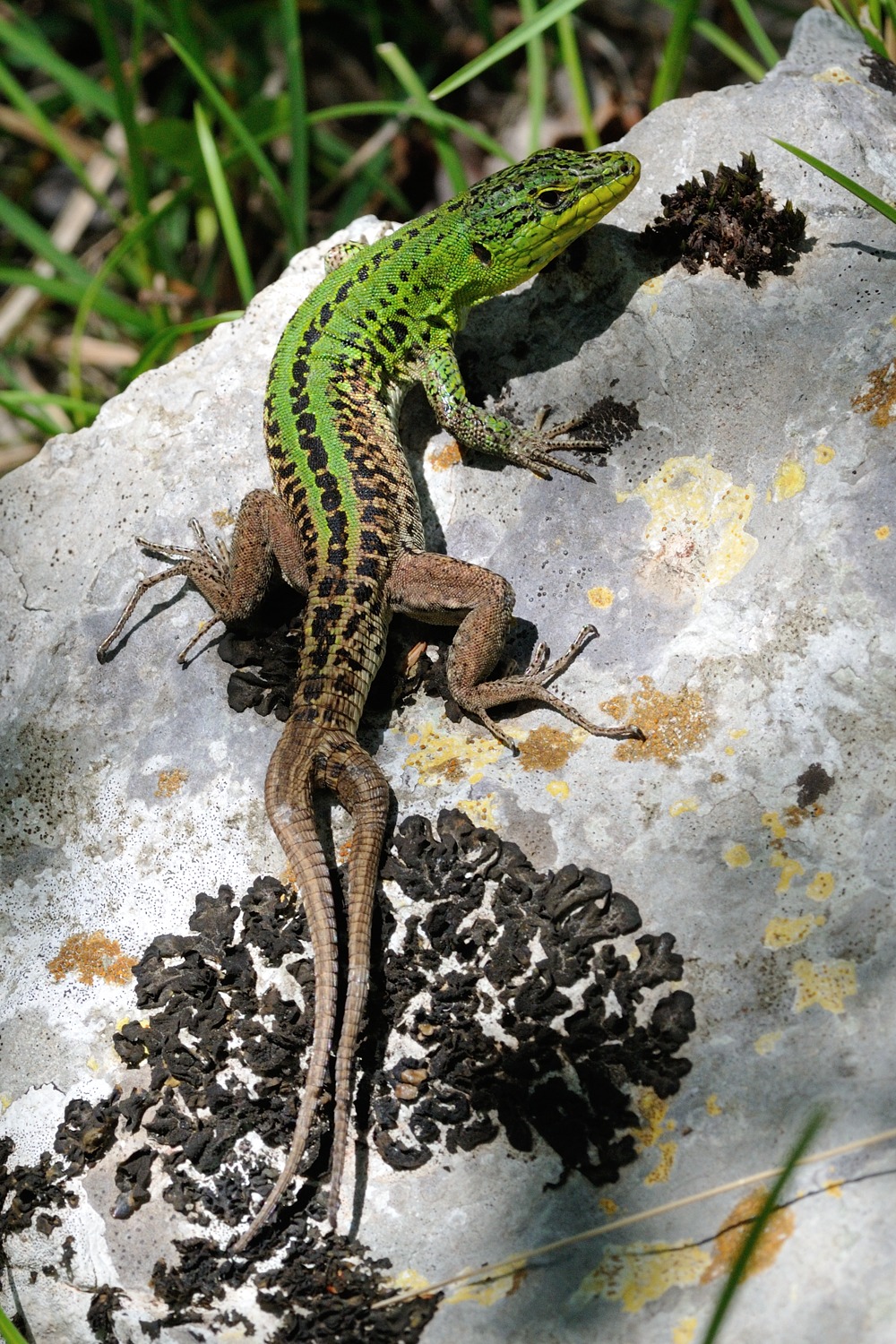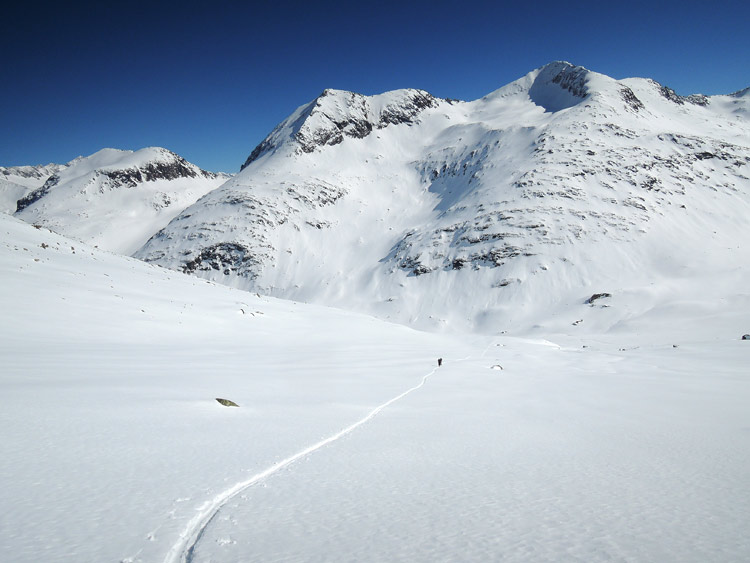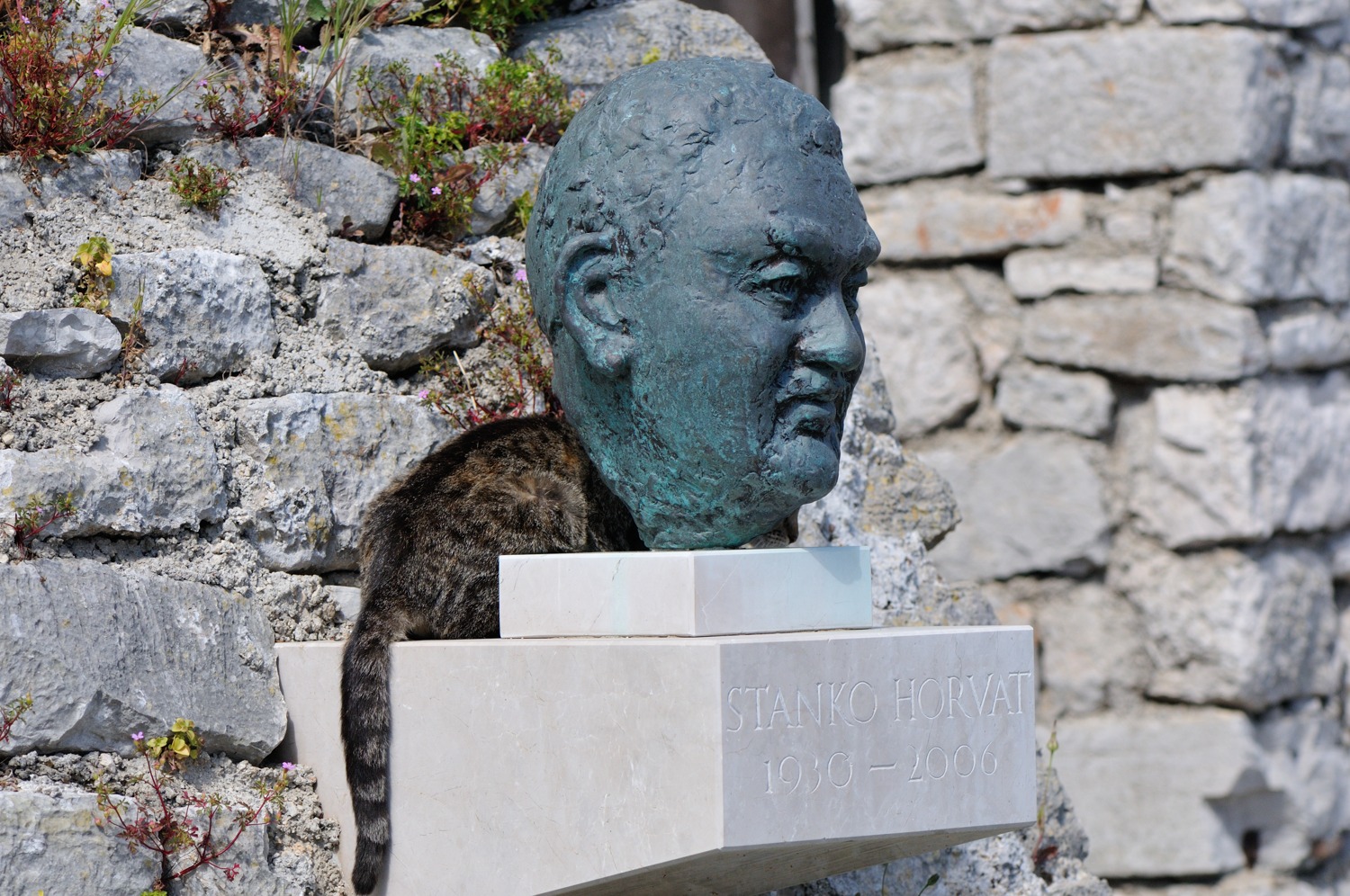Krk & Cres April 2014
- Details
 In April i got the chance to join friends from austria and croatia to visit the croatian islands Krk and Cres. Especcially Krk seems to be the most common visited place by people interested in herpetology coming from middle and northern europe. It's relatively close, you can go there by car and you have quite some mediterrenean species there. Luckily I already know all reptile and amphibian species present there, so i could focus on in-situ clicking ;-). It maybe gives you a littlebit the feeling of fishing or hunting (although i never tried the latter one of course), but without being any threat to the animal. You need to know where those little critters are sitting, a quite good feeling for spotting them aaand lot's of patience. So if you're doing it right, it's even possible to make in-situ pictures at the minimum close-up range of your macro lens. And it's also possible to observe, what they're doing all the day, like sunbathing, hunting, interacting with other animals or just observing the surroundings.
In April i got the chance to join friends from austria and croatia to visit the croatian islands Krk and Cres. Especcially Krk seems to be the most common visited place by people interested in herpetology coming from middle and northern europe. It's relatively close, you can go there by car and you have quite some mediterrenean species there. Luckily I already know all reptile and amphibian species present there, so i could focus on in-situ clicking ;-). It maybe gives you a littlebit the feeling of fishing or hunting (although i never tried the latter one of course), but without being any threat to the animal. You need to know where those little critters are sitting, a quite good feeling for spotting them aaand lot's of patience. So if you're doing it right, it's even possible to make in-situ pictures at the minimum close-up range of your macro lens. And it's also possible to observe, what they're doing all the day, like sunbathing, hunting, interacting with other animals or just observing the surroundings.
 On the picture above there's an italian wall lizard (Podarcis siculus), with two tail-tips. The second tails grows, if the original tail doesn't completely fall off, but still keeps connected. And at the point of the wound, the second tip starts growing. It's even visible on the picture, where the first tip comes out, the original tail was disconnected only at the half of the diameter.
On the picture above there's an italian wall lizard (Podarcis siculus), with two tail-tips. The second tails grows, if the original tail doesn't completely fall off, but still keeps connected. And at the point of the wound, the second tip starts growing. It's even visible on the picture, where the first tip comes out, the original tail was disconnected only at the half of the diameter.
To the right, of course always one of the highlights, the nose-horned viper (Vipera ammodytes). Luckily they were lying outside quite open, not hidden in the bushes, so they were also easy targets for photographing. But it's still amazing, even though it was on the top of sticks and little bushes, it was not that easy to spot due to it's back-pattern.
Anyhow, for the in-situ addicted, some more pictures below ;-)
PS: The single non-in-situ-picture should be quite easy to find ;-) And no, i didn't put the cat there ;-) Furthermore, in case someone's wondering, the oxycephala shots are from the introduced population on Cres.
breaking news!
- Details
high(er) as a kite
- Details

Page 13 of 22



